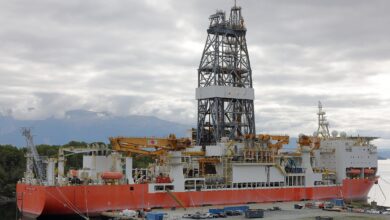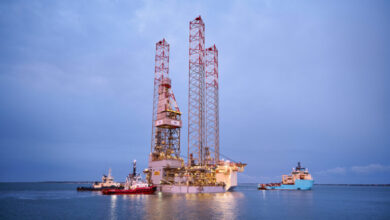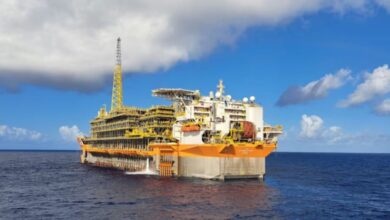Siemens to develop digital solutions for Aker BP as part of long-term partnership
Siemens will deliver advanced digital solutions for Aker BP’s future field development projects as part of a long-term partnership between the two companies focused on the design, supply and installation of electrical, instrumentation, control and telecom systems – from the preliminary phase to first oil. The framework agreement, one of several recently announced, builds on Siemens’ existing work for Aker BP providing data-driven condition monitoring on the Ivar Aasen offshore project.
The framework agreements reflect Aker BP’s commitment to leveraging strong partnerships with technology providers to improve performance.
“Our goal is to work more efficiently alongside the suppliers, as well as to minimize the total time it takes to deliver the final product. We want to work as one integrated team and with the same incentives to reduce costs and to remove non-value added activities,” Olav Henriksen, Senior Vice President Projects, said.
“We welcome the opportunity to continue our work with Aker BP, providing digital solutions that reduce project execution time, thereby reducing costs,” Richard Jaros, Head of Offshore Solutions for Siemens, said. “Our goal is to deliver state-of-the-art digital solutions to the alliance, encompassing project planning and execution, process control, integrated operations, condition based maintenance and lifecycle management of new facilities.”
Siemens currently provides data-driven condition monitoring for Aker BP’s Ivar Aasen offshore project off the Norwegian coast to optimize equipment maintenance schedules. Applied in offshore environments, condition monitoring enables maintenance to be carried out in well-planned campaigns, minimizing costly helicopter transports and shift arrangements – significantly reducing the number of personnel required on platforms, thereby boosting safety and reducing costs.
Condition monitoring determines the actual state of equipment, enabling maintenance management teams to avoid adherence to a calendar schedule. As such, when equipment is operating well and displaying no indication that maintenance is needed, intervals can be extended. If a potential problem is identified before the scheduled interval, maintenance management teams can organize spare parts and deploy contact crews to perform preventive maintenance, thereby avoiding the higher costs and consequences of unplanned downtime or production slowdowns.
Some 1,000 km from Ivar Aasen’s offshore platform, a remote onshore control room provides onshore maintenance and engineering support, and expert analysis based on the same condition monitoring data seen in the offshore control room twin. The functions monitored include electrical and rotating equipment, valves, process control, automation, instruments, telecom, and safety.




